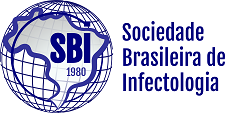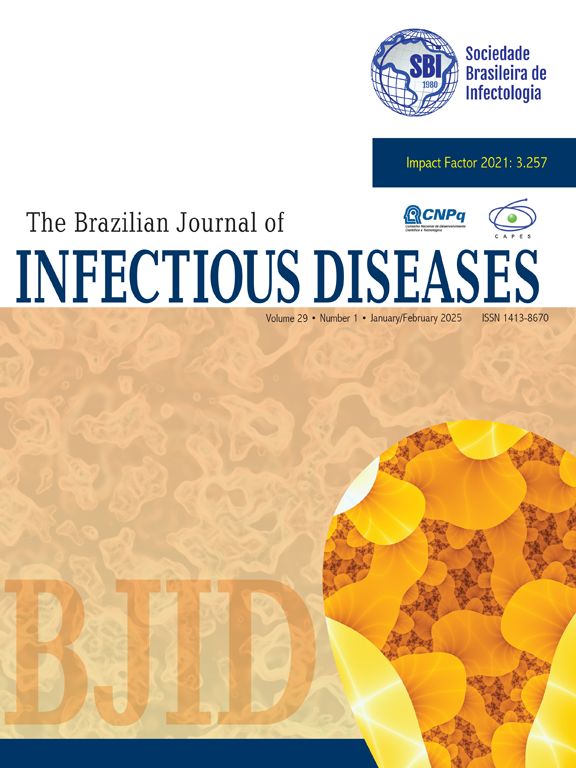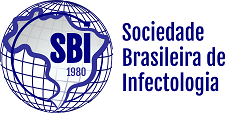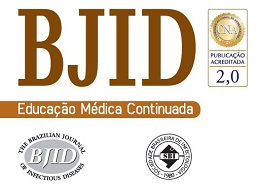Data: 19/10/2018 ‐ Sala: 2 ‐ Horário: 15:40‐15:50 ‐ Forma de Apresentação: Apresentação oral
Introdução: O diagnóstico oportuno da leishmaniose visceral (LV) humana é essencial para início da terapêutica e redução da letalidade associada à doença.
Objetivo: Avaliar o diagnóstico da LV no município brasileiro de Rondonópolis (Mato Grosso), um foco endêmico com transmissão intensa e elevada letalidade.
Metodologia: Estudo transversal retrospectivo. Os dados foram coletados nas fichas de notificação/investigação do Sistema de Informação de Agravos de Notificação dos casos autóctones de LV registrados entre 2011 e 2016 (n=81). Ademais, os pacientes ou parentes foram entrevistados no intuito de checar os serviços de saúde percorridos desde os primeiros sintomas até a definição diagnóstica de LV.
Resultado: Os casos de LV foram notificados predominantemente por hospitais [79,1%; IC 95%=70,1‐87,9%]. Os serviços de atenção primária, tais como unidades de pronto atendimento (UPA) e unidades básicas de saúde (UBS), foram responsáveis por apenas 13,6% (IC 95%=6,1‐21,0%) e 1,2% (IC 95%=0,0‐3,6%) dos registros, respectivamente. Foram obtidas informações de 57 pacientes acerca dos serviços de saúde visitados até definição diagnóstica de LV. Desses, 40,4% (IC 95%=27,6‐53,1%) inicialmente procuraram UBS, apresentavam as manifestações clínicas da doença, seguido de UPAs públicas (38,6%; IC 95%=26,0‐51,2%) e privadas (14,0%; IC 95%=5,0‐23,0%). No entanto, os pacientes tiveram que ir em média (desvio‐padrão) a sete (7,3) serviços de saúde para obter o diagnóstico final, em um mínimo de um e máximo de 46 estabelecimentos. O tempo entre o início dos sintomas e o diagnóstico de LV (TD) variou entre um e 212 dias, com mediana de 25. Entretanto, tal parâmetro oscilou amplamente entre pacientes pediátricos (15 dias) e adultos (31 dias). De fato, houve uma correlação direta entre a idade dos casos e o TD (r=0,21; p=0,047). Quase todos os indivíduos (98,8%) foram submetidos à investigação laboratorial para LV, principalmente por imunofluorescência indireta (IFI) (22,5%), imunocromatografia rápida (TR) (20,0%) e exame parasitológico + TR (18,8%). O diagnóstico da LV foi majoritariamente confirmado por critérios clínico‐laboratoriais (92,6%), a positividade da IFI (22,7%), o exame parasitológico + TR (21,3%) e TR (20,0%) foram empregados com maior frequência.
Discussão/conclusão: O diagnóstico da LV foi essencialmente conduzido em hospitais, em um longo TD e ampla aplicação de sorologia. Tais achados podem guiar medidas focadas em diagnóstico oportuno e maior participação da atenção primária à saúde.





